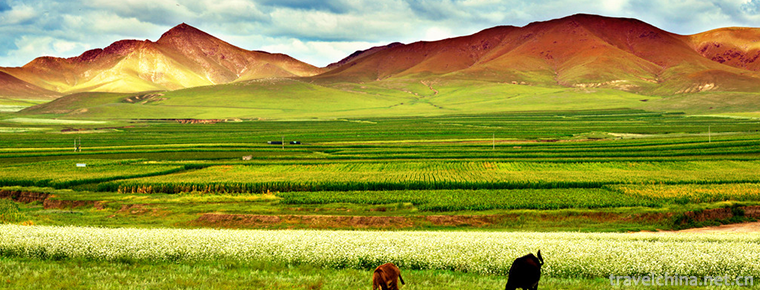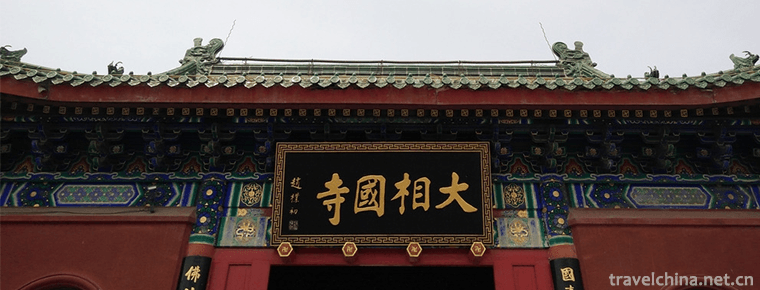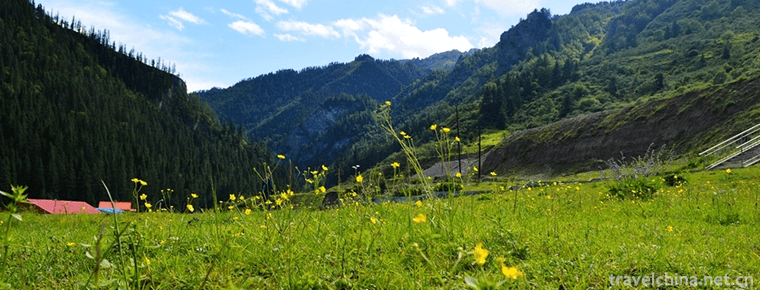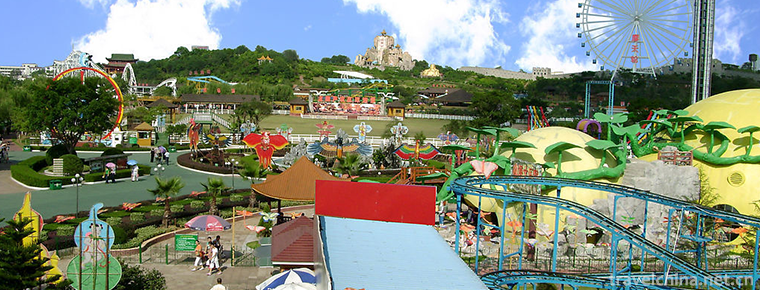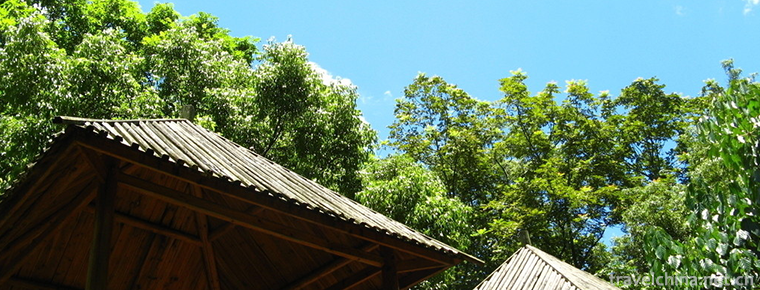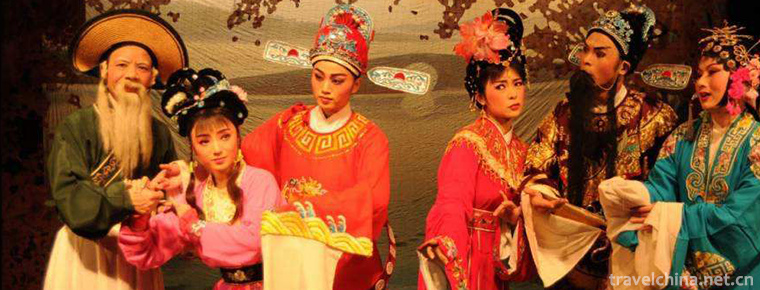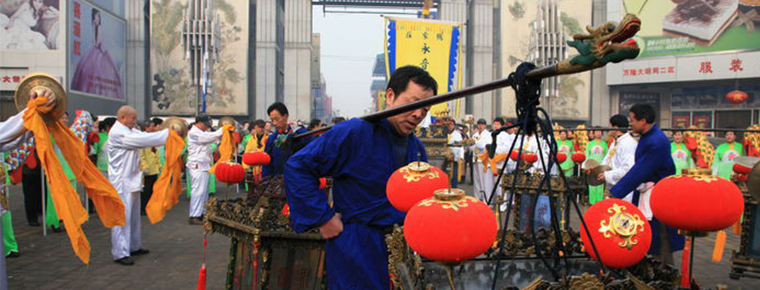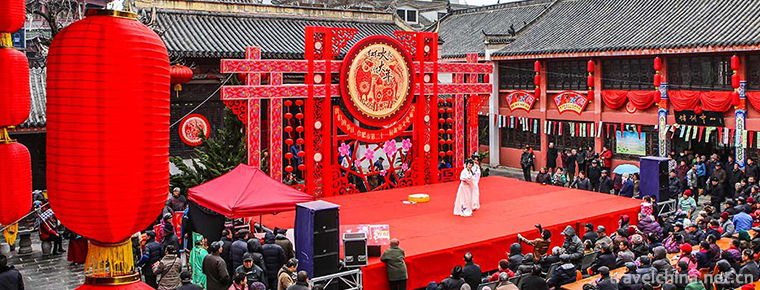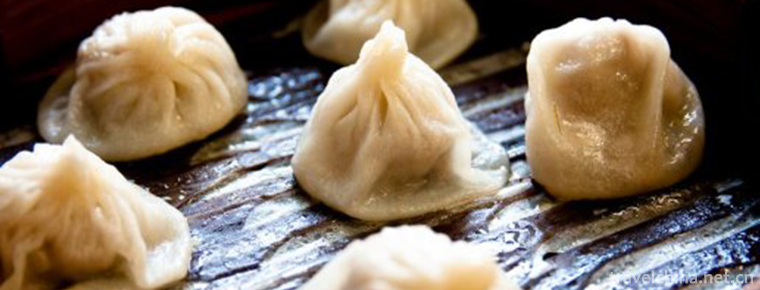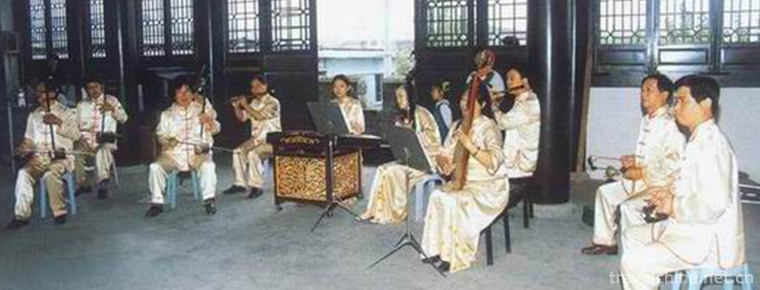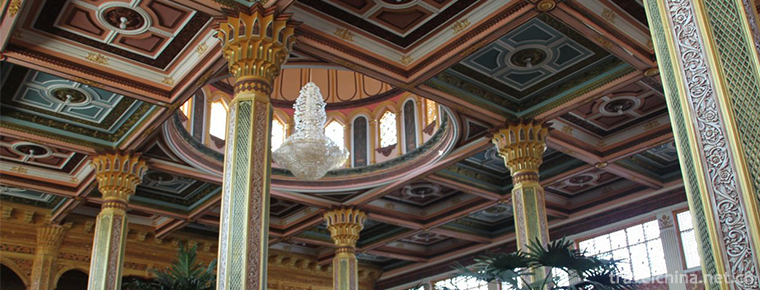Zhongshan Salt Water Song
Zhongshan Salt Water Song
Salt water song is a form of expression of Guangdong local folk songs, which is mainly spread among farmers and fishermen in the coastal and river network areas of Zhongshan, Panyu, Zhuhai and South China Sea, while Tanzhou in Zhongshan is the representative area of salt water song in the Pearl River Delta.
On May 20, 2006, it was approved by the State Council to be included in the first batch of national intangible cultural heritage list.
Historical Origin
As early as the late Ming Dynasty and early Qing Dynasty, saltwater songs had been popular in the Pearl River Delta area. In the Pearl River Delta region, people adjust their lives and increase the friendship between villages, gradually forming a custom of answering songs. Most of the places set up singing tables before or after the busy farming season and competed with each other. During the Mid-Autumn Festival, boats were also rolled to the heart of the river to form the "Mid-Autumn Saltwater Song Rolling Platform".
artistic characteristics
The main categories of Zhongshan saltwater songs include long and short sentences of saltwater songs, Gaotang songs, Damuo songs, aunt songs and sigh sister, etc.
Representative Works
"To Flowers" and "Easy Pearls on the Sea" and so on.
Inheritance Significance
Tanzhou is the birthplace of Zhongshan folk songs. In the 1950s and 1960s, Zhongshan saltwater song once flourished. During the Cultural Revolution, saltwater songs were banned. Ten years of fault had a great impact on the saltwater songs in Tanzhou. The 70-year-old may still have a clear memory, while the 50-year-old can only sing a little. With the passage of time, a generation of famous singers, such as He Fuyou, Liang Rongsheng and Chen Shi, who have been the pillars of saltwater songs since the 1950s, have died one after another. Nowadays, there are no more than 10 people who can sing saltwater songs systematically in Tanzhou, and most of them are already very old.
In addition, the influx of foreign cultures and the change of cultural consciousness and value orientation of the younger generation have greatly changed the ecological environment of saltwater songs. Relevant investigations show that most people in the area have no idea what saltwater songs are, and the endangered situation of saltwater songs can be imagined.
The state attaches great importance to the protection of intangible cultural heritage. On May 20, 2006, Zhongshan Salt Water Song was approved by the State Council and listed in the first batch of national intangible cultural heritage list.


-
Bayinbrook Grassland Scenic Area
Bayinbrook grassland: formerly known as Yuledus grassland, Zhuledus grassland, Yuludus grassland, because it is mainly located in Xinjiang Bayinguoling Mongolian Autonomous Prefecture .
Views: 86 Time 2019-01-02 -
The daxiangguo Temple
Daxiangguo Temple, formerly known as Jianguo Temple, is located in the western section of Kaifeng Freedom Road. It is a famous Buddhist temple in China. It was founded in Tianbao, Northern Qi Dynasty.
Views: 205 Time 2019-01-07 -
Dayugou Scenic Area
Dayugou Scenic Area is located in Dayugou, Muer Township, Zhuoni County, Gannan Tibetan Autonomous Prefecture. It is 12 kilometers away from the county seat and has a total area of 105214.6 hectares..
Views: 163 Time 2019-01-07 -
Hulu Mountain Villa Tourist Scenic Area
Huludao Mountain Resort is located on the Bohai coast in the northeast of Huludao City, Liaoning Province. The rich and colorful Huludao Mountain Resort is located in Huludao City.
Views: 165 Time 2019-01-16 -
Liangfengjiang National Forest Park
Liangfengjiang Forest Park is the earliest national forest park in Guangxi approved by the Ministry of Forestry, covering an area of more than 70,000 mu. Located in the southern.
Views: 174 Time 2019-01-30 -
Taiwanese Opera
Gezi Opera, a local traditional drama in Zhangzhou and Xiamen, Fujian Province, is one of the national intangible cultural heritage..
Views: 277 Time 2019-05-01 -
Jin men drum
Jinmen Fagu is a local traditional music and dance art in Tianjin, which appears in the form of performances of the Lao Hui or the Sacred Congregation. In June 2008,.
Views: 137 Time 2019-05-07 -
temple fair
Temple fair, also known as "temple market" or "festival venue". It is a Chinese folk religion and the custom of the age. It is usually held on the Lunar New Year, the Lantern Festi.
Views: 214 Time 2019-06-05 -
Traditional Cuisine Skills of Shanghai Bengang Cuisine
Benbang cuisine is a nickname for Shanghai cuisine and an important school of Han traditional catering culture in Jiangnan area. The so-called Ben Gang is local. It is characterized by thick red sauce.
Views: 132 Time 2019-06-13 -
Shaoxing Ci Tone
Shaoxing Ci Diao, also known as Flower Diao, is commonly known as vernacular. It is a traditional folk song sung by blind artists (most of whom are women), and a story sung by three to nine people in .
Views: 143 Time 2019-06-14 -
Uygur Residential Architecture Skills Aiwan Sailai Residential Construction Skills
Uygur Aiwan Sailai dwellings are mainly distributed in towns and villages along the desert edge of the Tarim Basin, especially in Yutian, Moyu, Minfeng, Pishan, Hetian, Shache and Kashgar along the so.
Views: 291 Time 2019-06-26 -
Leshan water resources
There are many rivers in Leshan City, including Minjiang River, Dadu River, Qingyi River and many small and medium-sized rivers. It is a water rich area with an average annual water production of 11.37 billion cubic meters. With 74.14 billion cubic meters .
Views: 54 Time 2020-12-17
